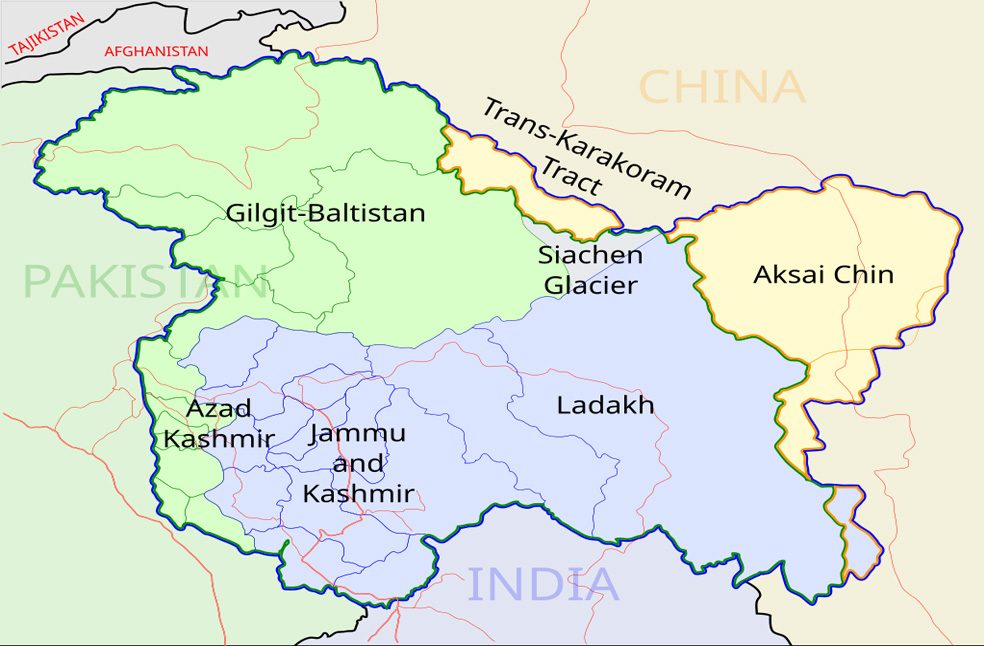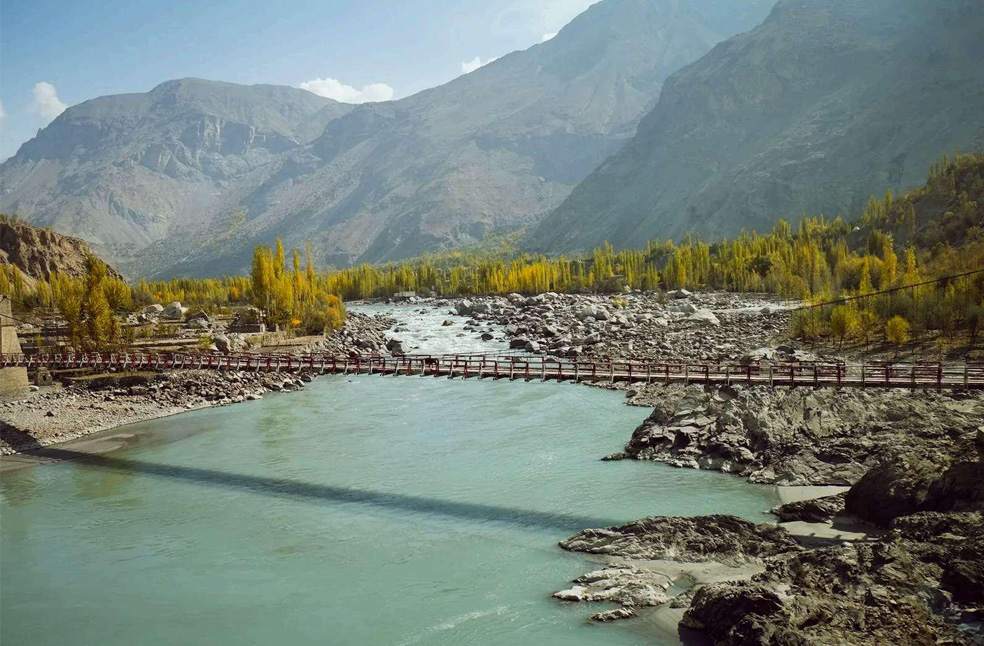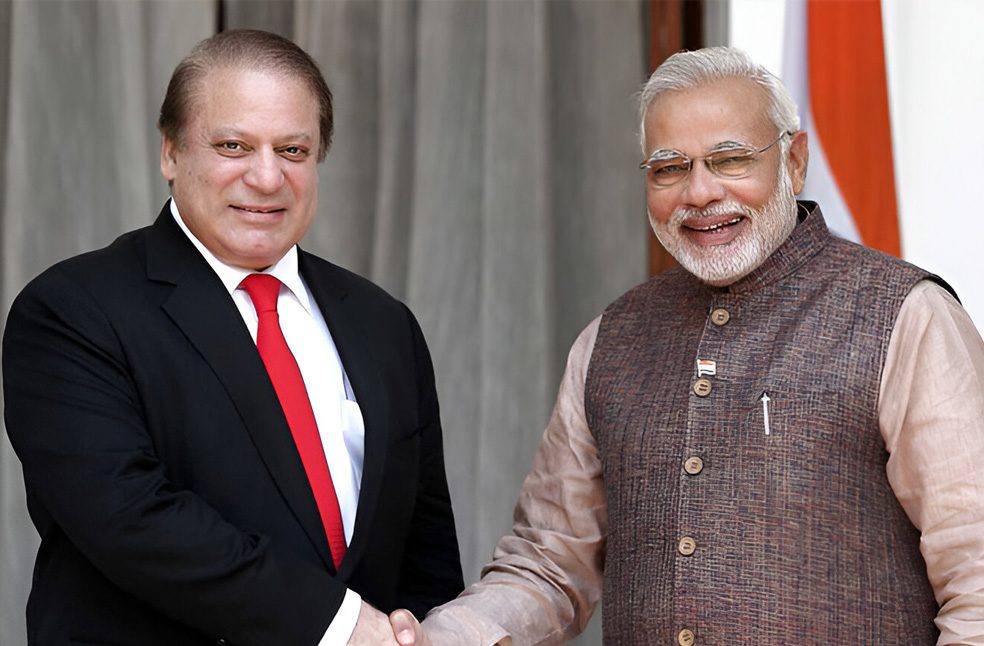New Delhi, India / Islamabad, Pakistan: The Kashmir conflict between India and Pakistan has spanned more than seven decades, with both nuclear-armed nations fighting two wars and several smaller conflicts over the disputed region.
From the beginning
The issue dates back to 1947 when India and Pakistan gained independence from Britain, and the Muslim-majority region of Kashmir became a contested area.
Maharaja Hari Singh, the region’s ruler, initially sought independence but later chose to accede to India in October 1947 in exchange for military help against Pakistani tribesmen. This decision led to the first war between India and Pakistan.
The United Nations intervened, proposing a plebiscite to determine whether Kashmir would join India or Pakistan. However, the two countries failed to agree on demilitarizing the region before holding a referendum.

In 1949, a ceasefire was established, dividing Kashmir between the two countries. A second war in 1965 and the Kargil conflict in 1999 further escalated the dispute, with both nations now possessing nuclear weapons.
Within Indian-administered Kashmir, there has been continuous unrest. The region, which is over 60 percent Muslim, has seen calls for independence, autonomy, and even unification with Pakistan.
Since 1989, an armed insurgency has resulted in tens of thousands of deaths. India accuses Pakistan of supporting militant groups in the region, a charge Pakistan denies.
In 2019, the Indian government under Prime Minister Narendra Modi unilaterally abrogated Article 370, stripping Jammu and Kashmir of its semi-autonomous status. Pakistan condemned the move as a violation of the Simla Agreement. For several years after the revocation of the region’s special status, militancy waned, and tourist visits soared.
Militant attacks in Kashmir
Militant attacks have periodically intensified the conflict. The 2016 Uri attack prompted India to launch ‘surgical strikes’ across the Line of Control (LoC), targeting militant camps.
Similarly, the 2019 Pulwama bombing, was the most serious escalation. which killed over 40 Indian paramilitary personnel, and led to Indian airstrikes on Pakistani soil, marking the first such incident since 1971. Aerial dogfights between the two nations followed.
Tensions flared once again in 2025 after militants killed 26 tourists in Pahalgam, Indian-administered Kashmir. India responded with missile strikes under ‘Operation Sindoor,’ raising fears of further escalation. Kashmir remains one of the most militarized regions globally, with both nations entrenched in their claims to the territory.

Water disputes and diplomatic strains
In addition to territorial disputes, recent developments have strained their relations further. India has suspended its participation in the Indus Waters Treaty, a crucial water-sharing agreement with Pakistan.
In retaliation, Pakistan has threatened to abandon the Simla Agreement, a cornerstone of India-Pakistan relations that governs the Line of Control and advocates for peaceful dispute resolution.
These agreements had long formed the bedrock of their relationship, but both countries now appear to be moving away from these mechanisms, further complicating any peace talks.
Hopes for peace in Kashmir
India and Pakistan did agree to a ceasefire in 2003. In 2014, India’s current Prime Minister Narendra Modi came to power promising a tough line on Pakistan but also showed interest in holding peace talks. Pakistan and India’s Prime Ministers even met in 2014, with Nawaz Sharif attending Modi’s swearing-in ceremony in Delhi.
But a year later, India blamed Pakistan-based groups for an attack on its airbase in Pathankot in the northern state of Punjab. Modi also canceled a scheduled visit to the Pakistani capital, Islamabad, for a regional summit in 2017. Since then, there hasn’t been any progress in talks between the neighbors.

The Kashmir conflict remains one of the most enduring and volatile disputes in South Asia, marked by cycles of violence, diplomatic standoffs, and military confrontations. Despite multiple ceasefires, peace agreements, and international calls for resolution, the region continues to be a flashpoint between nuclear-armed neighbors India and Pakistan.
As both countries stake their claims to the region, the possibility of a lasting peace remains uncertain.
The involvement of international bodies sustained diplomatic engagement, and a shift toward resolving underlying grievances may be key to breaking the cycle of conflict. However, until such a solution is reached, the region’s future remains precarious, with Kashmir at the heart of the dispute.



